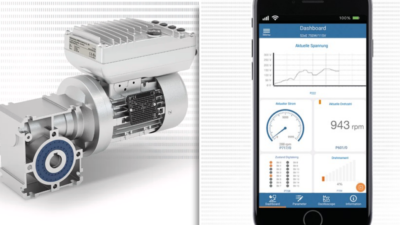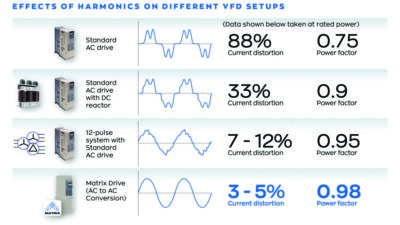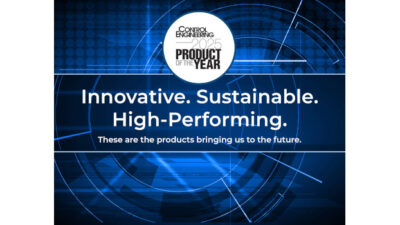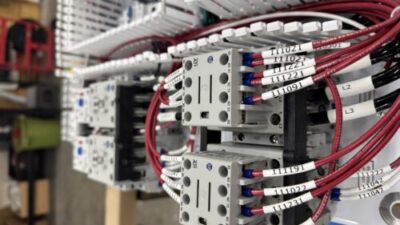It’s ante up time. By clearly stating that we had an education agenda in mind when initiating regular coverage of sustainable engineering in November, Control Engineering made a commitment to provide readers with critical how-to information on the topic of sustainability—just as we’ve done for more than five decades for control and automation technologies...
| – Control Engineering has a monthly Sustainability eNewsletter . Click the link above to see the latest edition or sign up.
-Feedback: Use the tool provided to post a comment or suggestion or contact me directly. |
It’s ante up time. By clearly stating that we had an education agenda in mind when initiating regular coverage of sustainable engineering in November, Control Engineering made a commitment to provide its readers with critical how-to information on the topic of sustainability—just as we’ve done for more than five decades for control and automation technologies in the process and discrete manufacturing industries.
In keeping with that commitment, we’re delivering some practical energy efficiency tips (see this month’s cover story, ” Energy Management: First Steps Toward Greater Efficiency “). The original intent was to gather enough information for the January 2009 article, but response was so overwhelming that we’re developing two energy efficiency how-to articles, the first of which appears in this issue. The next installment will appear in February.
What I found most interesting about the wealth of information received was not how much of it we got, but learning why we received so much. Our contributors repeatedly see manufacturing facilities where these core practices are not put into action. These practices are not avoided because they are complex or costly. Apparently, they are the type of common sense practices often bypassed while focusing on enabling a process to be as productive as possible.
An example of this can be found in our November 2008 supplement. A table on page S10 (accessible online via the November archives in the article “ Supersizing Our Way to Energy Inefficency ”) showed that of the five motor-driven plant applications identified where the most energy could be saved, four of them related to fans or pumps. In each of these cases, adding a drive could save anywhere from 35% to 61% of kWh used.
With this revelation in mind, and as a way of providing you yet another tip in this issue, take a look at the tools available now to help avoid such mistakes. A good example of such a tool is the Energy Savings Predictor —a free software tool from Yaskawa.com. This software enables the user to figure out just how much energy and money can be saved by installing and using a variable frequency drive (VFD) in a motor-driven application. The Predictor software also contains an emissions calculation module, which will measure and graph exactly how much less CO 2 would be released by using a VFD with the motor.
I hope you enjoy reviewing the tips provided to help get you on the path to sustainable engineering. As you visit the sustainable engineering content we provide in our electronic newsletter, podcasts, Webcasts, and on our soon-to-be-launched Internet microsite, remember that sustainable engineering is relevant not only for its environmental benefits, but for the monetary ones that will get you and your efforts recognized for the direct, bottom-line boost they provide to the company.



